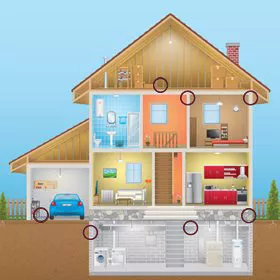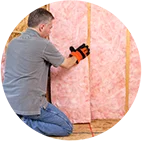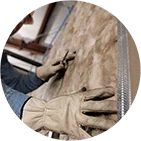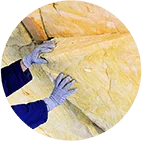If you’ve talked to an insulation contractor or even researched insulation on the Web, you have probably heard or seen the term “R-value” more than once. This isn’t surprising – the R-value of insulation is essentially a measurement of how effective it is. The R-value varies, depending on the specific insulation’s:
- Material – fiberglass, cellulose, foam or radiant barrier
- Thickness – inches required to obtain a particular R-value
- Density – the number of fibers per square inch
What Does R-Value Mean?
So what exactly does R-value mean? What is the R-value of insulation? The R-value of a type of insulation refers to its resistance to heat flow. That’s what insulation is meant to do – stop the transfer of heat – so the R-value is basically a measurement of how effective the insulation is. It is expressed as the thickness of the insulation material divided by the thermal conductivity, which is the material’s ability to conduct heat.
As a general rule of thumb, the higher the R-value the better, and the thicker and denser insulation is, the higher its R-value (and effectiveness) will be. However, the densest, thickest insulation is not necessarily always the best solution. The type and amount of insulation you’ll install depends on factors such as where you live, the type of HVAC equipment you have, the areas of your home you need to insulate, etc.
R-Value & Insulation Installation
The material, thickness and density of the insulation aren’t the only things that can affect the R-value; the quality of the actual installation, including how and where the insulation is installed, makes a difference. For instance, if the insulation is compressed and installed in a tight wall cavity, its R-value will be different than insulation installed in the attic floors. Compressed insulation doesn’t provide its full thermal resistance, and heat flows around the insulation through floor studs and joists, which affects how the insulation performs.
This is also why proper installation is essential! To get the highest possible R-value and make sure your insulation does what it’s supposed to – cut down your energy costs and keep your home more comfortable – it needs to be installed correctly. This is why installing the insulation yourself is always risky.
The right type and amount of correctly installed insulation with an ideal R-value keeps your home more comfortable year round, stopping heat from leaking in during the summer and escaping from your home in the winter. Contact OJ Insulation today for other questions about the R-value of insulation, or if you’re ready to insulate your home in Southern California!









